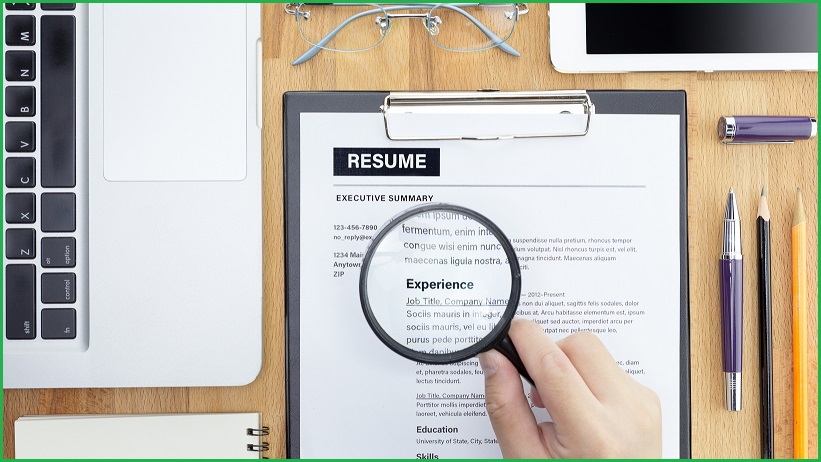At a time when more recruitment is being done remotely, the task of verifying candidate’s qualifications and references can be challenging.
Now technology has come to the aid of recruiters and is being used to streamline and improve recruitment, speeding up the process of checking resumes and references and detecting inaccuracies.
Remote recruitment platforms are helping recruiters reduce the burden of confirming all the details in CVs, including qualifications and employment histories.
Historically HR staff skilled in the art of reading body language in job interviews have been a valuable commodity, but with remote recruitment on the rise, technology is helping to address the gap in ‘digital body language’ to replace gut instinct in the digital age.
Prior to COVID, gut instinct and traditional checks may have been adequate but not so now.
Instead of just notes from a referee check taken over the phone, for example, a remote recruitment platform can collect feedback from a referee and provide analysis of the material.
Enterprises are turning to automated parts of recruitment since the global pandemic hit – and that has meant a resurgence in the importance of verification.
“There's a high appetite now to make sure that the person you're hiring, who’s going to be in the lift every day, is who they say they are, they've been where they said they've been, and they've done what they said they'd done,” says Xref CEO and co-founder, Lee Seymour.
You cannot do that on a telephone call, you have to do it using a complex verification platform.”
Using “a mix of API smarts” for reference checks, the Xref platform uses automated fraud algorithms and links into global ID and police checks.
It’s based on the platform’s 11 years of “digital body language” data gleaned from both candidates and referees.
“We even have a sentiment algorithm that actually reads the report for recruiters and tells them if there's any negativity,” he says.
The platform can detect things like the candidate using the same wi-fi network or mobile device as the referee, the time difference between the candidates submitting their references and the referees providing answers, social email address and where referees have copied and pasted the same information on the candidate.
This “digital grunt work” is working for the recruiter very fast in the background. “It commonly takes five days to get references back using traditional manual methods, but with this technology you're going to get a couple of references back in 24 hours,” says Seymour.
With referee feedback, it presents the data in an insightful way.
“You're not just reading references, you're looking at content, insight, graphs, sentiment, algorithms, fraud scores, core capability benchmarking tools, instead of written looking at the written word,” says Seymour.
Tackling the complex web of university verification
Qualification checks are next on the digital transformation path for remote recruitment. However, dealing with educational institutions that all hold their information in very different ways with different skill sets, means it’s not such simple process.
While Seymour says it’s hard to standardise university and other educational checks, it's coming.
“We’re working on fully digital qualification checks, but it’s been very difficult because it takes governments to mandate and lobby universities to invest in digital records,” he says.
To those in the business, recruitment is both an art and a science.
“When you look at a professional recruiter, they perform artistry,” says Seymour. And technology can come to the aid of the science part.
“The way they can connect with a human and change their world forever by finding them their magic job should be supported by the science of data-driven platforms that can bring insight at a very fast pace,” he says.
“We employ systems in every business not to take over, but to allow us more time to be human.
“So, the robots aren't coming. We're just replacing technology with the stuff that prevents us from being in the moment.”










